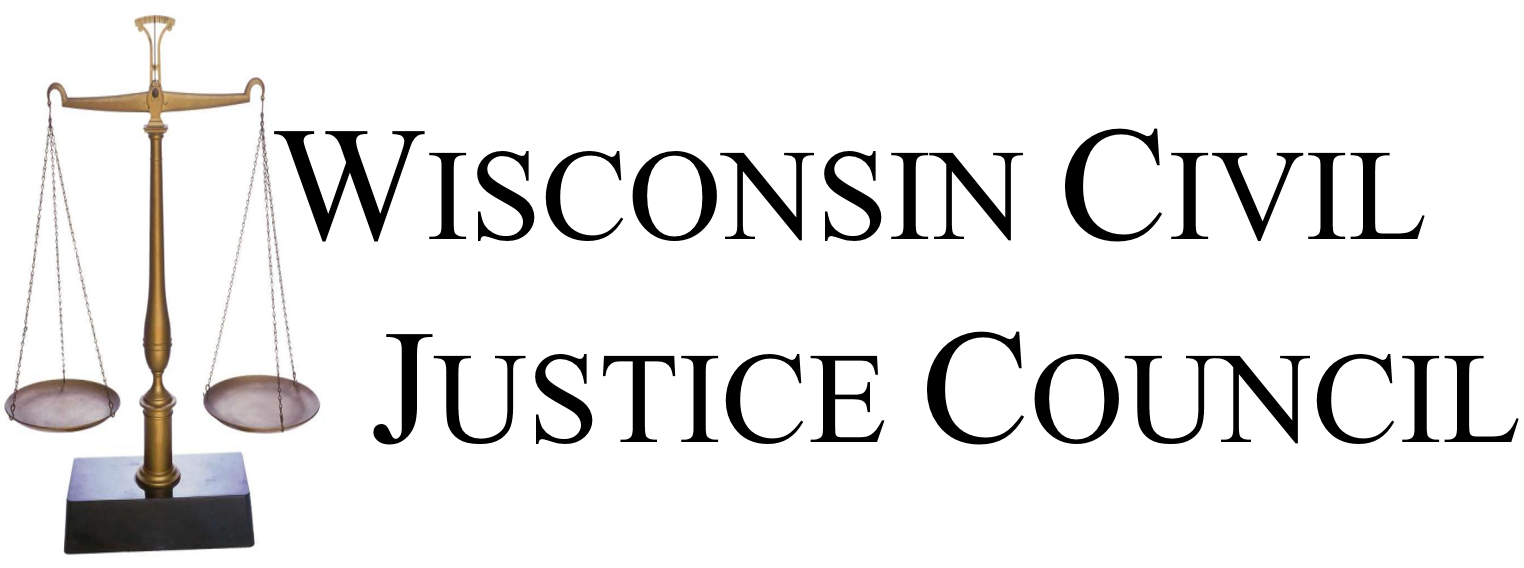On Thursday, April 19, the Supreme Court of Wisconsin will hear oral arguments in one of the most important cases of the term, and one of the most important civil justice cases in the past decade. The case is Mayo v. Wisconsin Injured Patients and Families Compensation Fund, 2014 AP2812.
The issue is whether Wisconsin’s $750,000 statutory limit on noneconomic damages in medical malpractice cases is unconstitutional. Wisconsin Civil Justice Council, along with National Federation of Independent Business, Wisconsin Insurance Alliance, United States Chamber of Commerce, and American Tort Reform Association, filed an amicus brief supporting the law enacted by the legislature.
Below is a discussion of the history of the statutes and cases pertaining to limits on noneconomic damages in medical malpractice cases. A decision by the Wisconsin Supreme Court is expected later this summer.
Wisconsin Court of Appeals Strikes Down Noneconomic Damages Cap
Wisconsin’s statutory cap on noneconomic damages for medical malpractice cases has taken many twists and turns over the past 20 years. A recent state court of appeals decision (Mayo v. Wis. Injured Patients & Families Comp. Fund, 2017 Wisc. App. LEXIS 494) has added to this seemingly never-ending saga by striking down the legislatively enacted $750,000 cap on noneconomic damages.
History of Wisconsin Medical Malpractice Statute
The first Wisconsin statute limiting medical malpractice awards to $500,000 was enacted in 1975. The amount was later increased to $1 million in 1986, only to be reduced by the legislature to $350,000 in 1995. The $350,000 limit twice was judicially challenged by opponents – in 2000 and 2001 – and upheld both times by the court of appeals.
In 2005, the Supreme Court of Wisconsin struck down the statute ruling that the $350,000 limit on noneconomic damages violated the equal protection clause of the Wisconsin Constitution. Ferdon ex. rel. Petrucelli v. Wisconsin Patients Comp. Fund, 284 Wis. 2d, 701 N.W.2d 440 (Wis. 2005). According to the Ferdon Court the cap created two classifications of victims: 1) the most severely injured who are denied the full award for their injuries, i.e. noneconomic damages in excess of the cap; and 2) the less severely injured victims who are fully compensated because their noneconomic damages are not reduced.
Shortly after the Ferdon decision in 2005, the Wisconsin Legislature enacted yet another statute limiting noneconomic damages at $450,000. This bill was vetoed by then Gov. Jim Doyle. A year later the Wisconsin Legislature enacted compromise legislation limiting noneconomic damages at $750,000, which was signed by Gov. Doyle. That statute remained intact until the latest court of appeals decision.
Noneconomic Damages Cap Struck Down by Wisconsin Court of Appeals
The $750,000 cap was challenged by a patient who tragically lost all of her limbs when her physician failed to properly diagnosis a septic infection. The jury awarded the patient $16.5 million in noneconomic damages, which was to be reduced to $750,000 under the statutory limitation. However, the trial court struck down the statute as-applied to the plaintiff.
A three-judge panel of the Wisconsin Court of Appeals (Dist. I) upheld the trial court’s decision. The court of appeals, however, determined the law was unconstitutional on its face, rather than as-applied.
Citing Ferdon, the court held that statutory caps must be “reasonable, not arbitrary, and must rest upon some ground of difference having a fair and substantial relation to the object of the legislation in order to satisfy State equal protection guarantees.” The court further stated that not “all caps on noneconomic damages are unconstitutional,” but that the current limit was “arbitrarily selected.”
Wisconsin Supreme Court Oral Argument
The Supreme Court heard oral argument Thursday, April 19. Although it is difficult to decipher how the court will decide a case based on oral argument questions, it appears that a majority of the court will likely overturn the lower court’s decision and uphold the cap. The main question is whether the court will overturn the Ferdon decision, as urged by the Fund and State of Wisconsin.
The Justices had very few questions for the attorneys representing the Fund and instead aimed most of their questions at the plaintiff attorney during his oral argument. Specifically, some of the Justices pressed the plaintiff on whether he thought any cap on noneconomic damages would meet constitutional muster. In addition, the Justices asked whether it would be constitutional to set the cap at zero dollars since that would take away the argument that the cap treats two categories of people differently – those whose noneconomic damages fall under the cap and those who are severely injured whose noneconomic damages would be above the $750,000 cap. In addition, the Justices asked where Wisconsin’s cap compares with other states with similar caps on noneconomic damages.
